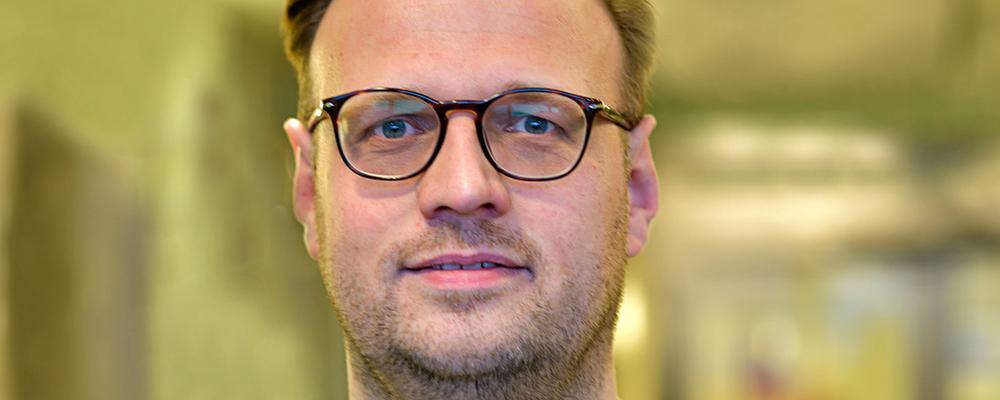The grant Roger Olofsson Bagge is to receive is the 2021 AACR Ocular Melanoma Foundation Career Development Award1 in honor of Robert C. Allen, MD, for a total of USD 75,000. It will enable him to continue the Swedish SCANDIUM study. This study, which he has been leading, is about liver perfusion2 in “daughter tumors” (metastases) that have arisen in the liver as a result of melanoma in the eye. Olofsson Bagge, an Associate Professor at the Department of Clinical Sciences, Sahlgrenska Academy, has a research group affiliated with the Wallenberg Center for Molecular and Translational Medicine (WCMTM) and Sahlgrenska Center for Cancer Research (SCCR). He is also a surgeon, in charge of breast and melanoma surgery, and director of the Breast Center at Sahlgrenska University Hospital.
Ocular or uveal (eye) melanoma is a rare form of cancer. It differs in many ways from skin melanoma. It is, for example, resistant to immunotherapy, which has otherwise achieved a revolution in the treatment of patients with skin melanoma. Melanoma in the eye itself is effectively treated with surgery or radiation treatment, but roughly half of the patients develop metastases, mainly in the liver, and at present no established treatment for these patients exists. The median survival for patients with metastases, approximately one year, has not improved in decades.
Immunotherapy activates body’s immune system and induces cell death in tumors
“Liver perfusion enables very high doses of cytotoxic drugs to be given to the liver while minimizing the risk of side effects in the rest of the body. Research has shown that this form of treatment gives rise to an activation of the body's own immune system, which may be one of the reasons why cell death is seen in the tumors after the treatment,” Roger Olofsson Bagge, says.
Immunotherapy, for its part, works by increasing the activity of the immune system against cancer cells and may therefore enhance the effect of liver perfusion.
“The purpose of the SCANDIUM-II study3 is specifically to investigate the efficacy and safety of combined treatment with immunotherapy (the drugs nivolumab and ipilimumab) and liver perfusion. This combined treatment hasn’t been provided before, and the hope is that it could be the first effective therapy for these patients, for whom no treatment is currently available,” adds Olofsson Bagge.
Citation
“AACR's decision to award Roger Olofsson Bagge this year's grant was based on the quality of his application to AACR and the Ocular Melanoma Foundation, a belief that his project is going to have a significant impact, and recognition of his potential as a future leader in cancer research,” writes Judy N. Quong, Director of Scientific Research and Grants Administration at AACR.
